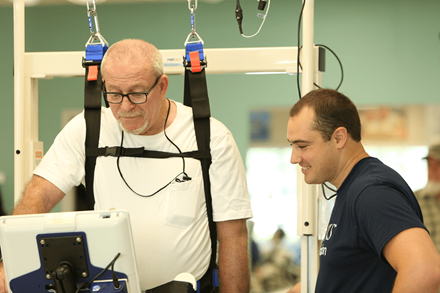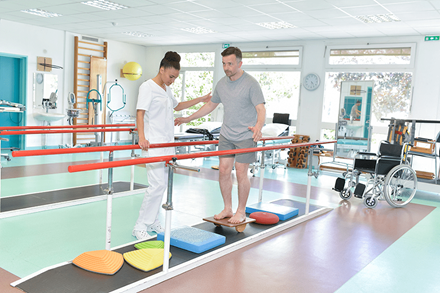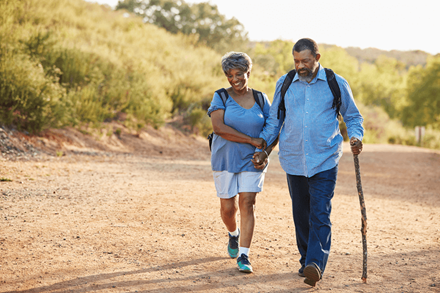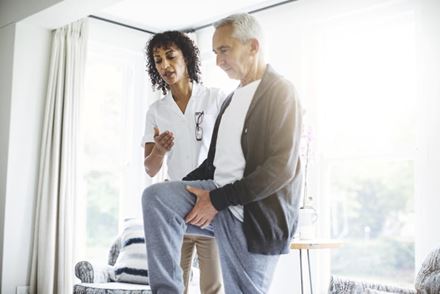Stroke Rehabilitation
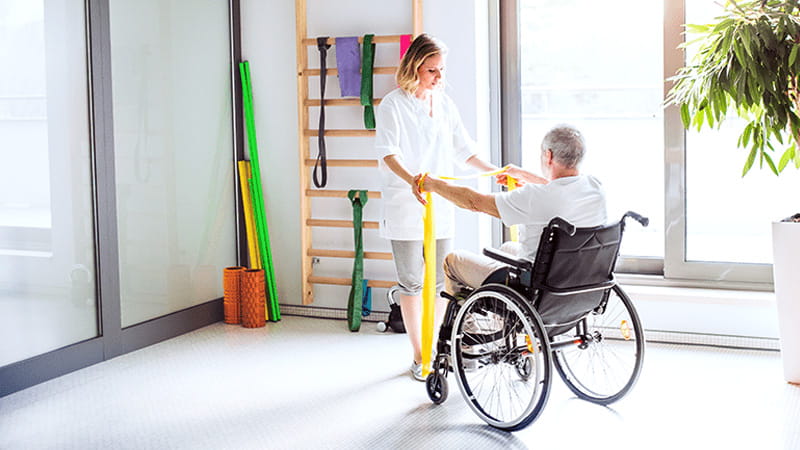
Why Rehabilitation?
Stroke can change your life in an instant. Few are prepared for this sudden, often catastrophic event, but rehabilitation rates are encouraging. In some cases, brain cell damage may be temporary and may resume functioning over time. In other cases, the brain can reorganize its own functioning and a region of the brain “takes over” for a region damaged by the stroke.
Rehabilitation should start in the hospital as soon as possible after the stroke; it’s vital to make informed decisions about rehab quickly. This task can be overwhelming and our Making Rehabilitation Decisions guide (PDF) will help you get started. It includes information you and your family need to plan your rehabilitation journey.
The best results can only be achieved through the combined efforts of your family, your health care team and, of course, you.
You’re not alone.
- More than 80% of stroke survivors in the U.S. live in the community, most of them at home.
- More than two-thirds of stroke survivors in the U.S. receive rehabilitation services after hospitalization.
- About 35-40% of survivors have limitations in basic activities of daily living six months after their stroke.
- About 40% experience moderate to severe impairments.
- About 10% require care in a nursing home or other long-term care facility.

Support Network

